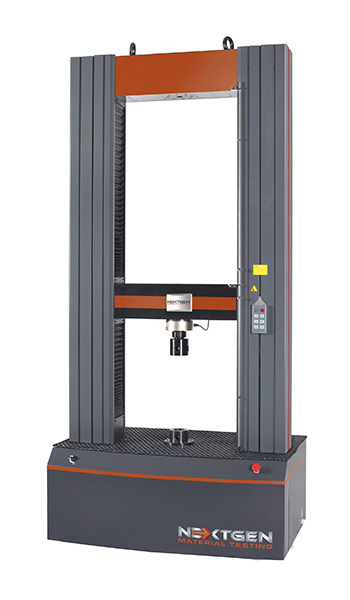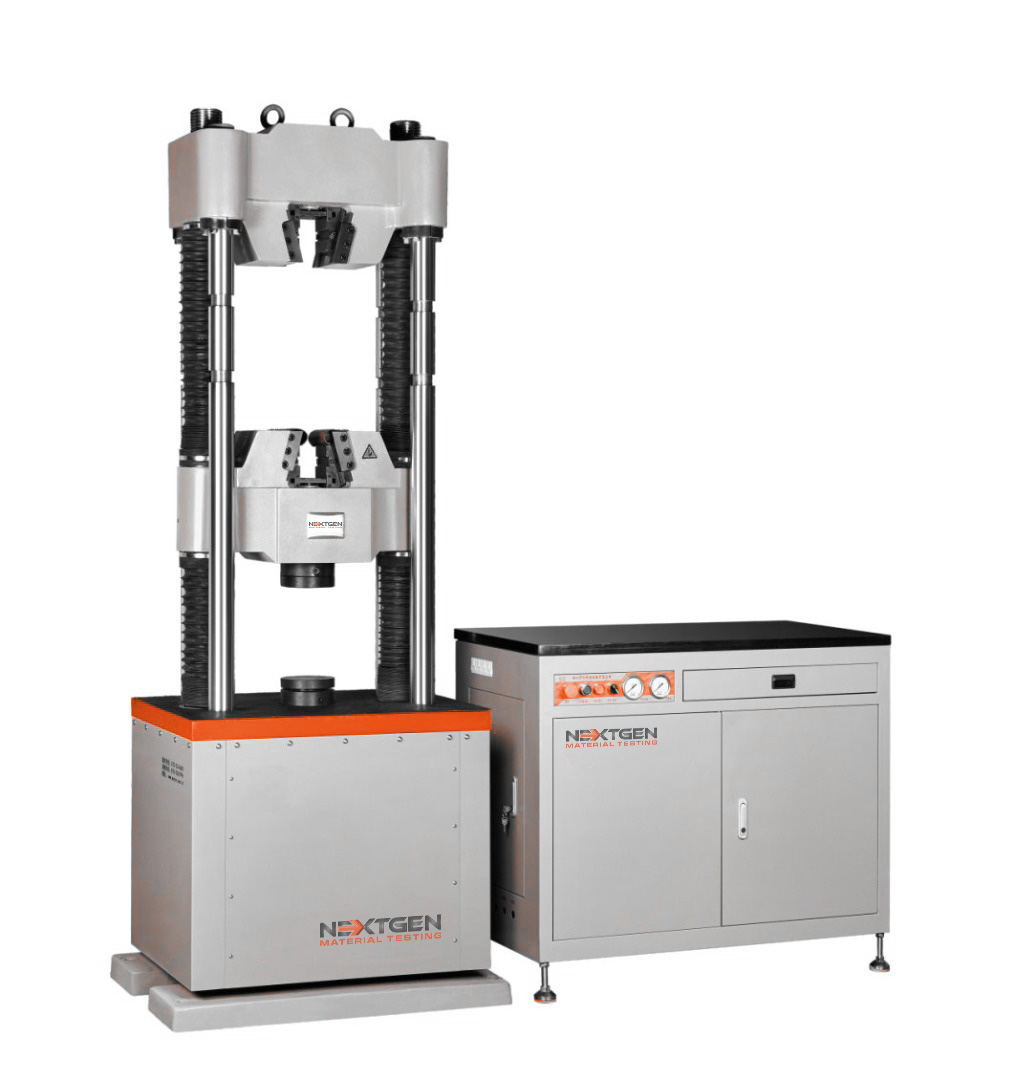There are several factors that you need to consider when you calibrate a Universal Testing Machine (UTM). During this process, you need to validate how accurate your UTM instruments are.
You need to determine if you need calibration in compression or tension. Maybe you need to do it on both. The instruments used for measuring force and achieving displacement also need to be inspected and calibrated.
The load size of the machine will also need to be determined. You will also have to determine if you need an extensometer calibration.
When it comes to calibration, the performance of a UTM that is being tested is compared to another machine that has already passed calibration. The results are measured against a particular standard, such as those from the National Institute of Standards and Technology (NIST).
What Is a Universal Testing Machine (UTM)?
UTMs are used to test both the compressive strength as well as the tensile strength of different materials. You may have heard of tensometers before. This is another name for tensile testing machines.
The word “universal” is added to its name because of its added new functionalities which make it more versatile. A UTM can do compression and tensile tests on a variety of structures, components, and materials.
Why You Need to Calibrate a Universal Testing Machine
The goal behind UTM calibration is to reduce the number of uncertainties that may occur in test results. For example, when a tensile testing machine is calibrated, you can be sure that its test results are accurate. In other words, it is at par with established industry standards.
These machines are often used in the quality control phase of production. Many companies often use UTMs to ensure the quality of the properties of their materials. This step is very important in all operations because the QA tests are performed right before distributing the said materials.

During tests, the results produced should fall within a certain acceptable range for a product to pass. Doing this helps to ensure that certain specifications published by manufacturers are always met.
For instance, tensile testers are used to verify certain strain certifications. Examples include the compression, extension, and bend of specific types of materials. Once a UTM has been calibrated, you can rest assured that the instruments will produce results according to your manufacturing specifications.
Up-to-date calibrations minimize the potential for manufacturing errors. The test results are also important for your research and development team. Any inaccuracies in your test specimens can produce erroneous conclusions when materials and products are tested. This may even lead to unforeseen design flaws.
This is why periodic calibration of universal testing machines is essential. The calibration certifications of different manufacturing and production systems are designed to expire at a certain point.
When that happens, it is assumed that tensile testers and other instruments may have already become inaccurate due to regular use. It happens to any machine eventually. Thus, they need to be recalibrated regularly.
How Do You Perform Calibrations?
Detailed industry standards have been developed. ASTM International has developed voluntary standards used all over the world. The standards that they have set are accepted by almost all organizations.
These standards have been set to ensure that all testing of UTMs and other related equipment will be the same regardless of who performs the calibrations. For example, ASTM E4 specifies the procedures on how to calibrate UTMs for compression and tension.

It specifies where the connection points should be located as well as the direction of the force that needs to be applied. It also requires two readings for better accuracy. Here are some of the other related standards used for calibrating universal testing machines:
- ASTM E467 for dynamic force
- ASTM E2624 for torque
- ASTM E2309 for UTM crosshead velocity
- ASTM E2658 for crosshead velocity as well
Recommended Frequency of Calibrations
Universal Testing Machines usually require calibrations when their certificates and accreditation have expired. These accredited calibration certificates usually expire after one year.
NextGen accredited collaboration partners will recommend that all equipment that is used in materials testing be calibrated every 12 months. Note that this is the bare minimum.
Note, however, that certain conditions will require calibrations to be performed on UTMs. Certain industries require more frequent calibrations of their equipment. Another thing is that when your equipment is moved, industry standards, such as ASTM E4 for example, require your equipment to be recalibrated.

Who Can Perform Calibrations
NextGen accredited calibration partners and technicians make use of Electromechanical UTMs (EML Line). The testing machines make use of high-precision electromechanical load frames.
These are packaged with preprogrammed TestPilot software. This software is designed to produce the most accurate test results. The user interface is very user-friendly and can be used by beginners with no problems.
NextGen EML units come in different variations, which include:
- 50N-5kN Single Column Bench Top Units
- 1kN-10kN Dual Column Bench Top Units
The former is designed for low capacity applications while the latter is best suited for medium capacity applications.
NextGen technicians also use Servo-Hydraulic Static UTMs (NextGen SHM line). These machines are intended for testing high-strength materials to meet many lab configurations.

Examples of NextGen SHM series machines include the following:
- NG-SHM Class DP – Servo Hydraulic Testing Machine – force capacity specifications are 600kN, 1000kN, and 2000kN. Load frame configurations include servo-controlled hydraulic and 2/4 columns.
- NG-SHM Class A – Servo Hydraulic Testing Machine – force capacity range from 200kN to 3000kN. Load frame configurations are servo-controlled hydraulic and 4 or 6 columns.
Note that class A universal tensile testing machines can only perform compression or tension tests. Class DP UTMs on the other hand can perform both of these tests as well as compression cyclical tests.
Class DP machines are also much heavier and more robust compared to class A machines. It is also equipped with a bigger cylinder.
Trust the Industry Leaders
If you need assistance with universal testing machine calibration, then we highly suggest that you contact our certified NextGen accredited collaboration partners. These industry experts can provide you with estimates for your UTMs.
Call today so our sales engineers can help you identify components, scheduling, and other needs during the free consultation.
